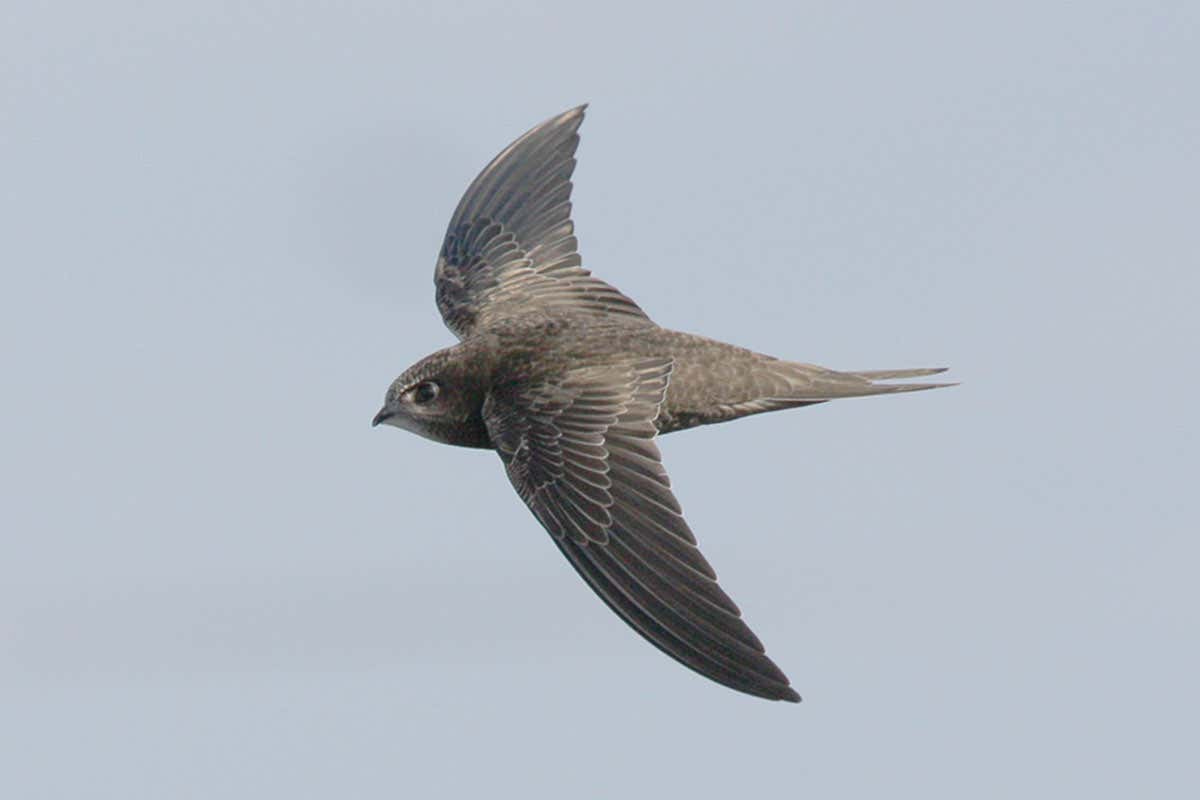All about "Taylor Swift"
Not the performer--the name.

I’ll leave it to others to analyze pop superstar Taylor Swift’s music and her cultural impact. One good place to start, if you’re interested, is “Bearing Witness with My Daughter at the Church of Taylor Swift,” by New Yorker Jessica Winter, which for my money is vastly superior to that overwritten Sunday magazine piece by another writer. And if you’re interested in the significance of era—as in Swift’s Eras Tour, the subject of a documentary now playing in theaters—here’s Ben Zimmer in the Wall Street Journal with a concise linguistic explainer.
I, however, am here instead to talk about Taylor Swift’s name: “Taylor” and “Swift” and the stories behind those two words. As Swift would say, We’re about to go on a little adventure together. Are you ready for it?
Taylor
Once upon a time, from the 1880s through the early 1970s, there were virtually no babies named Taylor in the United States. During all those decades, Taylor was a surname—only. It wasn’t that surnames in general weren’t fashionable as first names: They were, but the turn-of-the-20th-century fashion was to honor notable individuals, which led to a spate of little Miltons, Scotts, Irvings, Sidneys, and (male) Leslies.
Then, beginning in the late 1970s, a new baby-naming fashion took hold in the U.S. Instead of distinguished British poets, parents began looking to occupational terms—what Laura Wattenberg, author of the Namerology blog, calls “hardy tradesmen”—for name inspiration: Cooper, Tanner, Mason. “Taylor” was right in line with this shift—at first both for boys and for girls, but later mostly for girls, as this Namerology NameGrapher shows. (Statistics are based on Social Security Administration data.) In 1989, the year Taylor Alison Swift was born, “Taylor” debuted simultaneously on the top-100 lists for both girls and boys.

Wattenberg writes in The Baby Name Wizard that Taylor “is the name that opened the floodgates on tradesman names for girls.” (Other tradesman names that have become associated with girls include Harper, Piper, Bailey, and Dexter—the last is the name of actor Diane Keaton’s daughter, born in 1995.) Taylor, Wattenberg writes, “started rising in the 1980s, then enjoyed a huge surge in the ‘90s after its debut on the soap opera The Bold and the Beautiful.” In 2009, the year Taylor Swift and actor Taylor Lautner (male, born 1992) were an item, “Taylor” was a runner-up for Name of the Year on Wattenberg’s Baby Name Wizard blog.1
What sort of name is Taylor? It is, of course, an alternate spelling of tailor, literally “a cutter”; like many other occupational terms, it’s an old English surname. And it was a surname that inspired Taylor Swift’s parents, who were fans of the singer James Taylor (born in 1948). According to Swift’s IMDb biography, “her mother believed that if she had a gender neutral name it would help her forge a business career,” which I suppose was prescient, if a little calculating. Swift’s middle name, Alison, is a variant of another old English surname, as is her actual surname. (This triple-surname trick is less successful with non-Anglo surnames. Pinsky Goldblatt Friedman just doesn’t have the same ring.)
Taylor Swift may be the most famous female singer named Taylor, but she isn’t the first. Back in the 1980s, Leslie Wunderman, born in New York City in 1962, released a couple of singles under the name Les Lee. That name was a bad fit, she told the New York Post in 2019:
“I had to change my name — I couldn’t be Leslie,” says Dayne, who, after being told that she was “cool like a guy,” came up with Taylor Dane. Only problem was, she found out that there was a porn star with that same name shortly before releasing “Tell It to My Heart“ in 1987.
“So we threw a ‘Y’ in there to match it with the ‘Y’ in Taylor.”
Moral: Do your research before the name change.
Swift
It’s a word! It’s a bird! It’s a surname!
Swift, an adjective meaning “moving quickly,” has been in the lexicon since Old English. (It may have once meant “turning quickly,” and thus related to swivel.) In the 1600s it became the name of several species of swallow-like birds, probably in reference to their swift flight. The Online Etymology Dictionary has this to say about the swift: “Regarded as a bird of ill-omen, if not downright demonic, probably for its shrill cry. The name earlier had been given to several small fast lizards (1520s).” Shrillness aside—it’s all subjective, right?—swifts are remarkable for their long lifespan (up to 20 years) and long flight spans (up to 10 months in the air).

If you were a speedy person, you might acquire the surname “Swift.” If you were a famous and influential Swift, like Dublin-born Jonathan Swift, author of Gulliver’s Travels and A Modest Proposal, your surname—already an adjective—might be turned into another adjective. The primary historical meaning of “Swiftian” is “sardonic, caustic, or pessimistic.” (A more recent meaning is “referring to singer-songwriter Taylor Swift or her works.”)
If you were Gustavus Franklin Swift (1839-1903), pioneer of the processed-meat industry in the United States, you could give your name to your meat-products company—a company that endures to this day.2
Decades before Taylor Swift’s devoted fans became known as Swifties, there was another crop of Swifties, named after Tom Swift, the science-minded hero—”Swift by name and swift by nature”—of a long-running series of books by Edward L. Stratemeyer that were first published in 1910. When he wasn’t having Tom invent stuff, Stratemeyer and his ghostwriters gave the young hero dialogue with adverbial tags. (“‘Hello, Ned Newton!’ called Tom, heartily.”) Ben Yagoda, in When You Catch an Adjective, Kill It: The Parts of Speech, for Better and/or Worse (2007), picks up the story:
In February 1963, a lighthearted time, an anonymous writer at Playboy magazine invented a new type of pun: a fabricated Tom Swift-like line of dialogue in which the adverb modifying said humorously refers to or plays on the subject of the quote. Examples would include: “‘I can no longer hear anything,’ Tom said deftly.” “‘I need a pencil sharpener,’ Tom said bluntly.” “‘I only have diamonds, clubs, and spades,’ Tom said heartlessly.”
The form acquired a name: the Tom Swifty. (You can find more of them here and here and on many sites devoted to them.) Yagoda observes, mercilessly, that “Tom Swifties are virtually never funny.” Taylor Swifties, on the other hand, are full of good humor.
TaylorSwift®
Taylor Swift is not just a formidable and multifaceted name, it’s also a trademark phenomenon. Swift’s company, TAS Rights Management—TAS is the singer’s monogram—has registered some 300 trademarks, many of them variations on her name. TAYLOR SWIFT THE ERAS TOUR is protected by trademark, and TAS Rights Management has also secured, as of this writing, ten trademark registrations for SWIFTIE or SWIFTIES (for clothing, tote bags, retail store services, and more).
The strategy is aggressive enough that several trademark lawyers have written admiringly about it. Here’s what Israeli trademark lawyer Abishag Levy, of the global law firm Pearl Cohen, had to say recently:
Swift started protecting her trademarks in 2008 and since then she has filed and registered hundreds of trademarks worldwide. The trademarks include her name, signature, albums, songs, and tours but not only. For instance, she managed to register trademarks also in connection with expressions and phrases taken from her songs which her fans are well acquainted with in relation to her music recordings but also with respect to merchandise such as cloths, jewelry, clocks, doll houses, etc. …
Taylor Swift’s strategic trademark approach, especially in the context of her re-recordings and the “Taylor Swift Eras Tour,” showcases her legal acumen and dedication to protecting her brand. Swift’s ability to enforce her rights underscores the importance of her brand’s reputation and her commitment to maintaining control over her artistic endeavors. As she continues to make waves in the music industry, it is evident that Taylor Swift’s trademarks play a crucial role in safeguarding her legacy and ensuring her artistic vision remains intact.
Nomen est omen, the saying goes: the name is a sign; name equals destiny. Would Taylor Swift have become a pop sensation if her mother hadn’t had strong beliefs about gender-neutral names—if she’d named her daughter, say, Megan or Danielle, two other names that were popular in 1989? Did the Swift surname accelerate young Taylor’s rise to stardom? Would any other combination of first and last name be as tailor-made for success? We can only speculate. All things considered, though, it does seem—as Swift herself might put it—like karma.
Now accessible, alas, only through the Internet Archive’s Wayback Machine.
Swift & Co. was famous for packaging “everything but the squeal”; Upton Sinclair’s muckraking novel The Jungle, originally serialized in 1905, exposed the horrific conditions in meatpacking plants like Swift’s; the federal government prevailed in Swift & Co. v. United States (1905), leading to the downfall of the “Beef Trust.”





I am always impressed not only by your writing and approach but also by the extensive research you do before tackling any subject. Thanks for the memory of Tom Swifties, which I had forgotten about and dearly love.